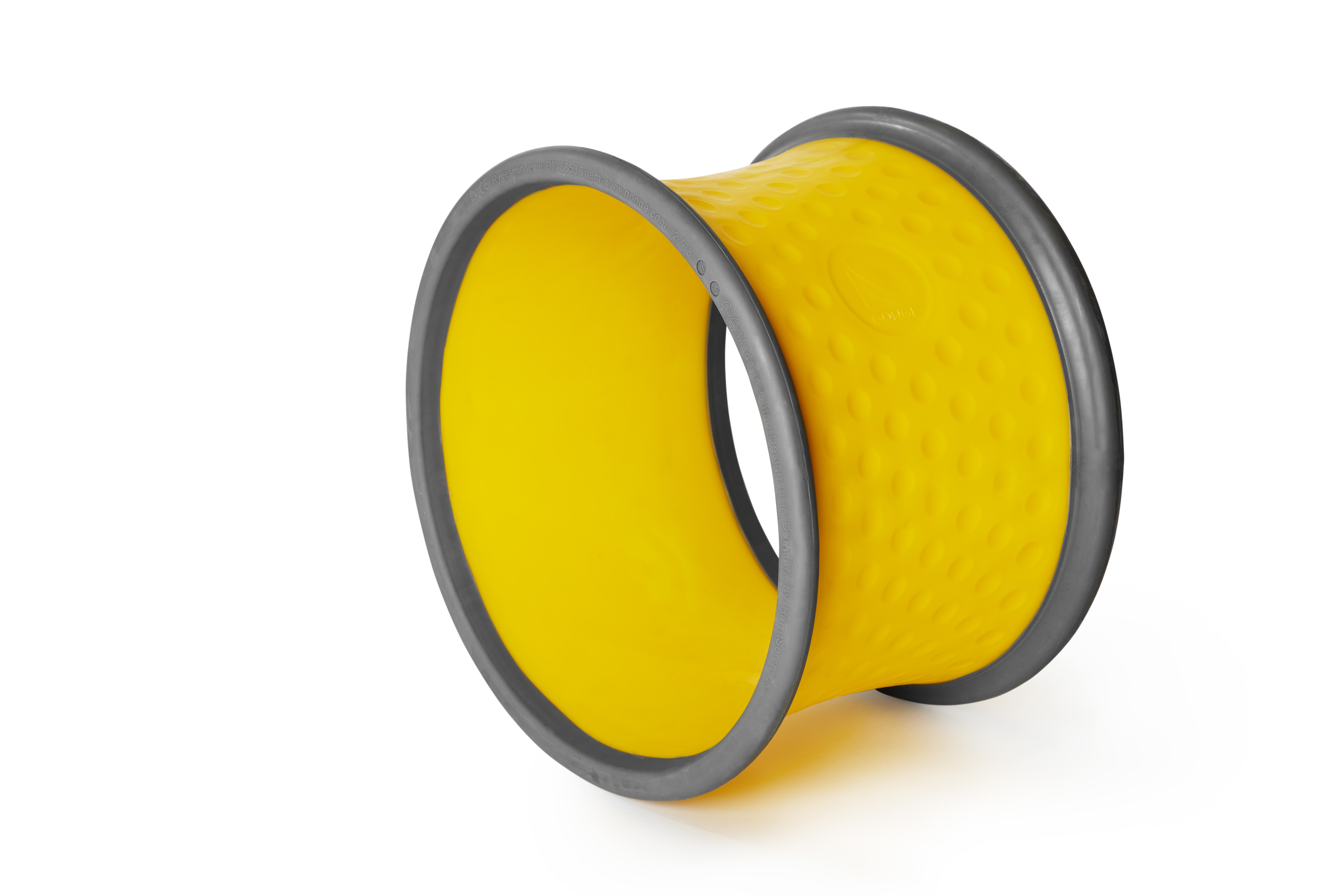
Some children may take a tumble more often than others, and for any number of reasons: - A child’s joints are softer than an adult’s. - A child’s bones are softer and more elastic, and their muscle volume is smaller. The young child generally finds it more difficult to stabilise his/her joints than older children and adults. - Some children are genetically predisposed to hypermobile joints. - A child who is lively and inquisitive moves fast and may tend to fall more frequently than a quieter child. - A tendency to fall may also be observed in a child who finds it difficult to register input received from the proprioceptive sensory system that registers the position of the joints and muscle tension.
Children are normally good at cushioning their falls and are seldom seriously injured. The mechanism in which we break a fall with our hands is called the fall reflex. Some children tend to hit their head and the area around the mouth. This may indicate that they do not have an adequate fall reflex, i.e. they do not break their fall properly with their hands. Alternatively, the child‘s fall reflex may be impaired due to a lack of muscular strength in the arms that prevents him/her from protecting the head from colliding with whatever he/she falls onto. Rolling over a Body Wheel is a good exercise to train the fall reflexes and the arms’ capacity to cushion the fall with good force. The Body Wheel is available in two sizes. The slightly curved shape with raised rubber edges helps the child to lie safely on his/her abdomen on the Body Wheel. There is a modest degree of friction between the rubber edges and the surface that makes it easy to manage and control the rolling movement of the Body Wheel. The firm surface of the Body Wheel helps to make the child feel safer than if he/she was asked to roll on a squashy therapy ball.







